1.
Introduction
A real-valued function h:I→R is said to be a convex (concave) function of the interval I⊆R if the inequality
takes place whenever κ1,κ2∈I and λ∈[0,1].
It is well known that convex (concave) function plays an important role in mathematics due to convexity (concavity) is widely used in all branches of pure and applied mathematics [1,2,3,4,5,6,7]. Recently, the generalizations, extensions and invariants for the convex (concave) function have attracted the attention of many researchers, for instance, the quasi-convex function [8], harmonic convex function [9,10], strongly convex function [11,12,13], two-parameter Hölder mean convex function [14,15], exponentially convex function [16,17], GG and GA convex functions [18], and s-convex function [19,20]. In particular, many inequalities can be found in the literature [21,22,23,24,25,26,27,28,29,30,31,32,33,34,35,36] by use of properties of the convex (concave) function.
Let h:I→R be a convex (concave) function. Then the well known HH (Hermite-Hadamard) inequality [37,38,39] states that the double inequality
is valid for all κ1,κ2∈I with κ1≠κ2.
Fejér generalized the HH inequality (1.1) to the Hermite-Hadamard-Fejér inequality (1.2) as follows:
if h:[κ1,κ2]→R is a convex (concave) function and g:[κ1,κ2]→R+ is symmetric with respect to (κ1+κ2)/2.
The following definition for the η-convex function was introduced by Eshaghi Gordji et al. in [40].
Definition 1.1. (See [40]) Let κ1,κ2∈R with κ1<κ2, h:[κ1,κ2]→R be a real-valued function and η:h([κ1,κ2])×h([κ1,κ2])→R be a two bivariate real-valued function. Then h is said to be η-convex (or convex with respect to η) if the inequality
holds for all μ1,μ2∈[κ1,κ2] and s∈[0,1].
Let η(μ1,μ2)=μ1−μ2 in (1.3). Then Definition 1.1 reduces to the definition of usual convex function.
Eshaghi Gordji et al. [40] established a HH type inequality for the η-convex function.
Theorem 1.1. (See [40]) Let κ1,κ2∈R with κ1<κ2, h:[κ1,κ2]→R be a real-valued function and η:h([κ1,κ2])×h([κ1,κ2])→R be a two bivariate bounded real-valued function. Then one has
if h is η-convex, where Mη is the upper bound of η on h([κ1,κ2])×h([κ1,κ2]).
Let 0<β≤1, r>0 and g:[0,∞)→R be a real-valued function. Then the conformable derivative Dβ(g)(r) of order β is defined by
g is said to be conformable differentiable at r if the limit of (1.5) exists and is finite. The conformal derivative at 0 is defined by Dβ(g)(0)=limr→0+Dβ(g)(r).
Let κ1,κ2,λ,c∈R be the constants, and h1 and h2 be differentiable at r>0. Then the following formulas can be found in the literature [41]
if h1 differentiable at h2(r). In addition,
if h1 is differentiable.
Let β∈(0,1] and 0≤κ1<κ2. Then the function g:[κ1,κ2]→R is said to be conformable integrable if
exists and is finite. The set of all conformable integrable functions on [κ1,κ2] is denoted by Lβ([κ1,κ2]). Note that
for all β∈(0,1], where the integral is the usual Riemann improper integral.
For the theory and applications of the conformable integrals and derivatives we recommend the readers to refer the literature [42,43,44,45,46,47,48,49,50].
Anderson [51] established the conformable integral version of the HH type inequality
if β∈(0,1] and h:[κ1,κ2]→R is conformable differentiable such that Dβ(h) is increasing. Moreover, if h is decreasing on [κ1,κ2], then
It is the aim of the article to establish new Hermite-Hadamard-Fejér type inequalities for the η-convex functions via conformable integrals.
2.
Hermite-Hadamard-Fejér type inequalities for conformable integrals by using η-convex functions
Theorem 2.1. Let κ1,κ2∈R+ with κ1<κ2, h:[κ1,κ2]→R be an η-convex function and symmetric with respect to κ1+κ22, ξ:[κ1,κ2]→R be a nonnegative integrable function. Then the inequality
holds for any β∈(0,1] if η is bounded on h([κ1,κ2])×h([κ1,κ2]), where Mη is the upper bound of η on h([κ1,κ2])×h([κ1,κ2]).
Proof. Let s∈[0,1]. Then it follows from the η-convexity and symmetry of h that
Let x=sκ2+(1−s)κ1. Then we get
which gives the proof of the first inequality of (2.1).
Next, we prove the second and third inequalities of (2.1). From the η-convexity of h we know that
and
Let x=sκ1+(1−s)κ2. Then from the symmetry of h, inequalities (2.2) and (2.3) lead to
and
Adding (2.4) and (2.5), and letting x=sκ1+(1−s)κ2, we obtain
and
Corollary 2.1. Let ξ(x)=1. Then inequality (2.1) becomes
3.
Further generalizations of HH inequality
In order to establish our main results, we need a key lemma which we present in this section.
Lemma 3.1. Let κ1,κ2∈R+ with κ1<κ2, and h:[κ1,κ2]→R be a differentiable function on (κ1,κ2) such that Dβ(h)∈Lβ([κ1,κ2]). Then the identity
holds for β∈(0,1].
Proof. Integration by parts, we have
Theorem 3.1. Let κ1,κ2∈R+ with κ1<κ2, and h:[κ1,κ2]→R be a differentiable function on (κ1,κ2) such that Dβ(h)∈Lβ([κ1,κ2]). Then the inequality
holds for β∈(0,1] if |h′| is η-convex.
Proof. Let y>0, φ1(y)=yβ−1 and φ2(y)=−yβ. Then we clearly see that both the functions φ1 and φ2 are convex. It follows from Lemma 3.1 and the convexity of φ1 and φ2 together with the η-convexity of |h′| that
and
Corollary 3.1. Let η(κ2,κ1)=κ2−κ1. Then inequality (3.1) reduces to
Theorem 3.2. Let q>1, κ1,κ2∈R+ with κ1<κ2, and h:[κ1,κ2]→R be a differentiable function on (κ1,κ2) such that Dβ(h)∈Lβ([κ1,κ2]). Then the inequality
takes place for β∈(0,1] if |h′|q is η-convex, where
Proof. We clearly see that
It follows from the power-mean inequality that
and
Making use of the η-convexity of |h′|q and the facts that
and
we get
and
which completes the proof of Theorem 3.2.
Corollary 3.2. Let η(κ2,κ1)=κ2−κ1. Then Theorem 3.2 leads to the conclusion that
Theorem 3.3. Let p,q>1 with 1/p+1/q=1, κ1,κ2∈R+ with κ1<κ2, and h:[κ1,κ2]→R be a differentiable function on (κ1,κ2) such that Dβ(h)∈Lβ([κ1,κ2]). Then the inequality
is valid for β∈(0,1] if |h′|q is η-convex, where
and
Proof. We clearly see that
Making use of Hölder inequality, we have
and
Corollary 3.3. Let η(κ2,κ1)=κ2−κ1. Then Theorem 3.3 leads to
4.
Conclusion
We have generalized the Hermite-Hadamard and Hermite-Hadamard-Fejér inequalities for convex functions to the -convex functions via the conformable integral. Our obtained results are the improvements and generalizations of some previous known results, our ideas and approach may lead to a lot of follow-up research.
Acknowledgements
The authors would like to thank the anonymous referees for their valuable comments and suggestions, which led to considerable improvement of the article.
The work was supported by the Natural Science Foundation of China (Grant Nos. 61673169, 11971142, 11701176, 11626101, 11601485).
Conflict of interest
The authors declare no conflict of interest.











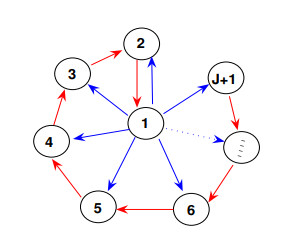

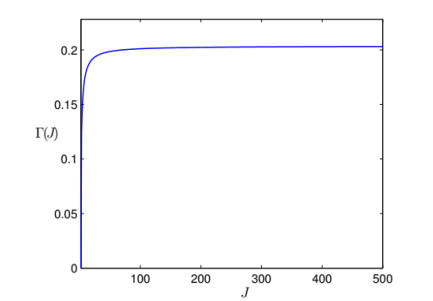
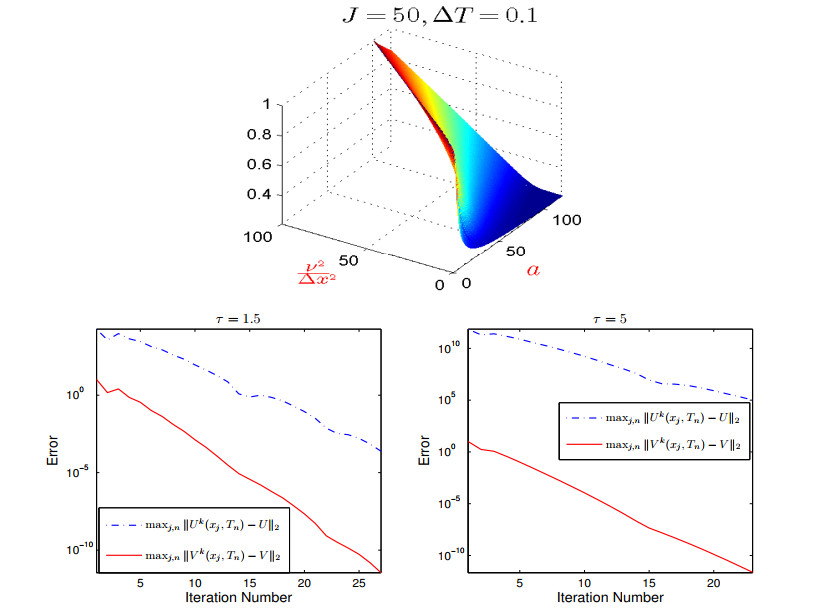
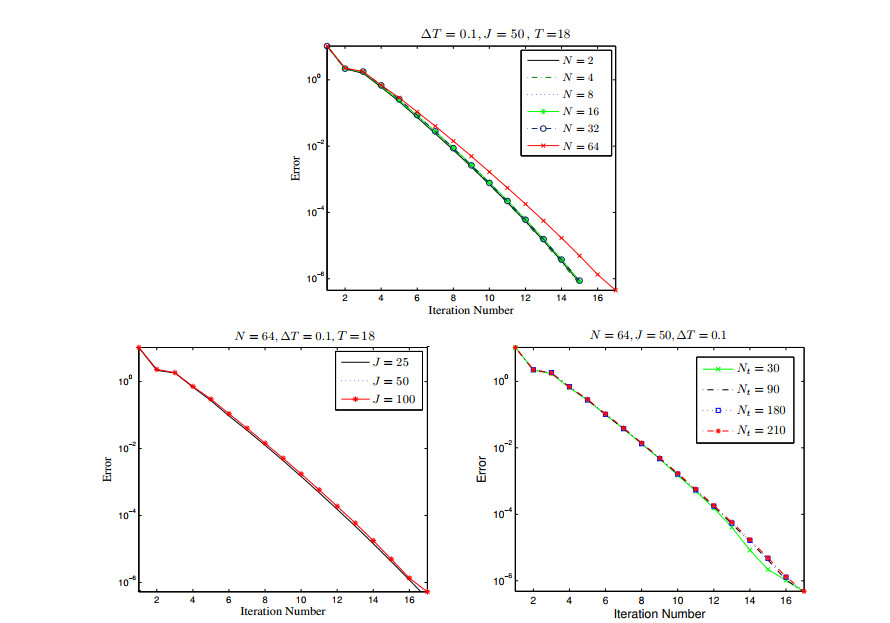
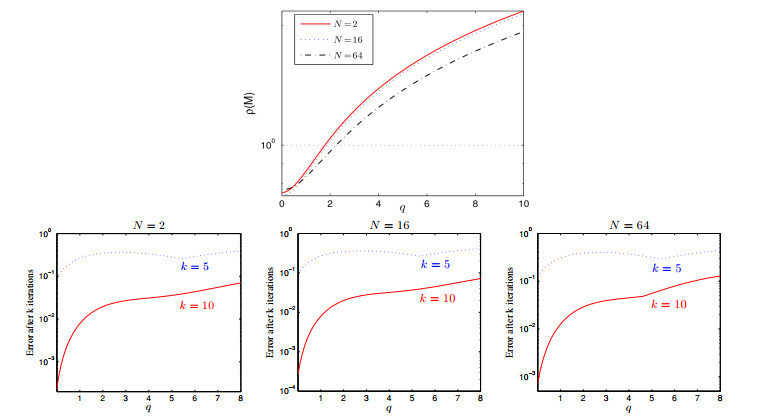

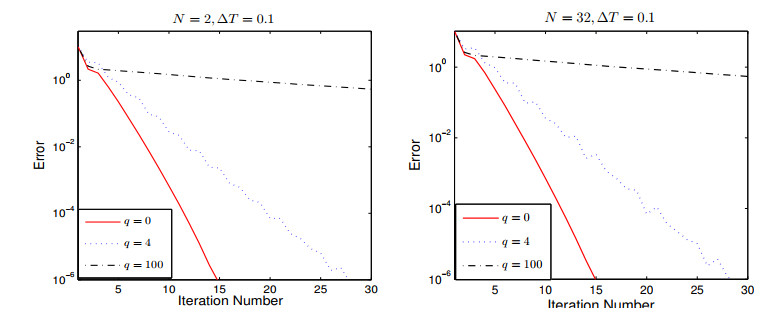

 DownLoad:
DownLoad: